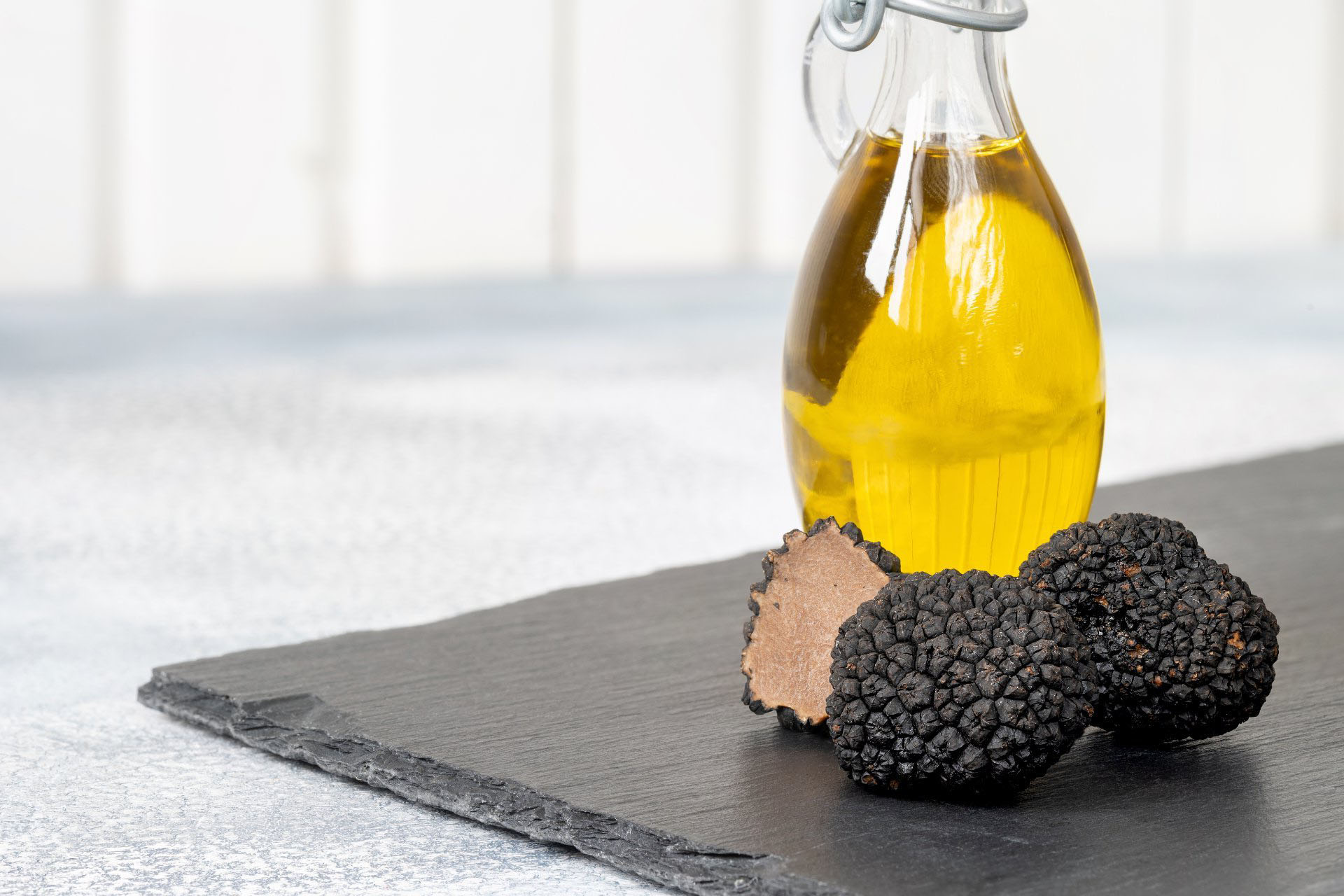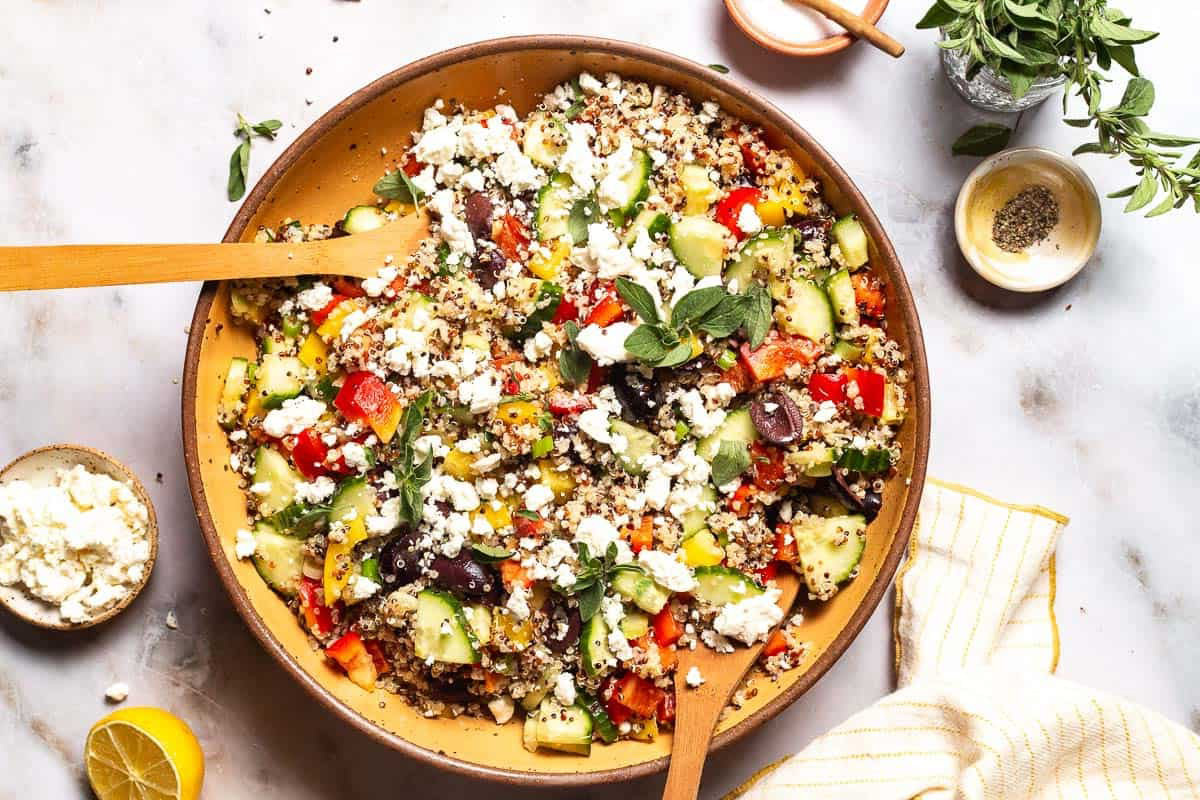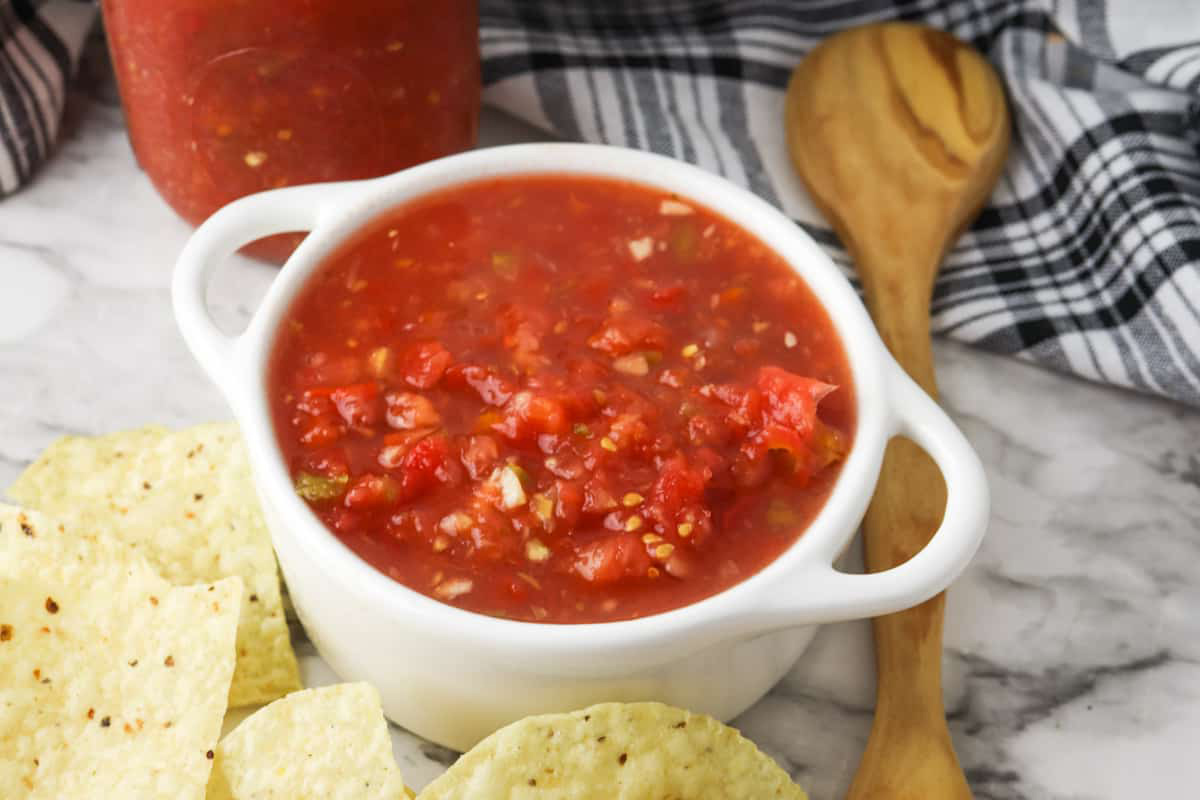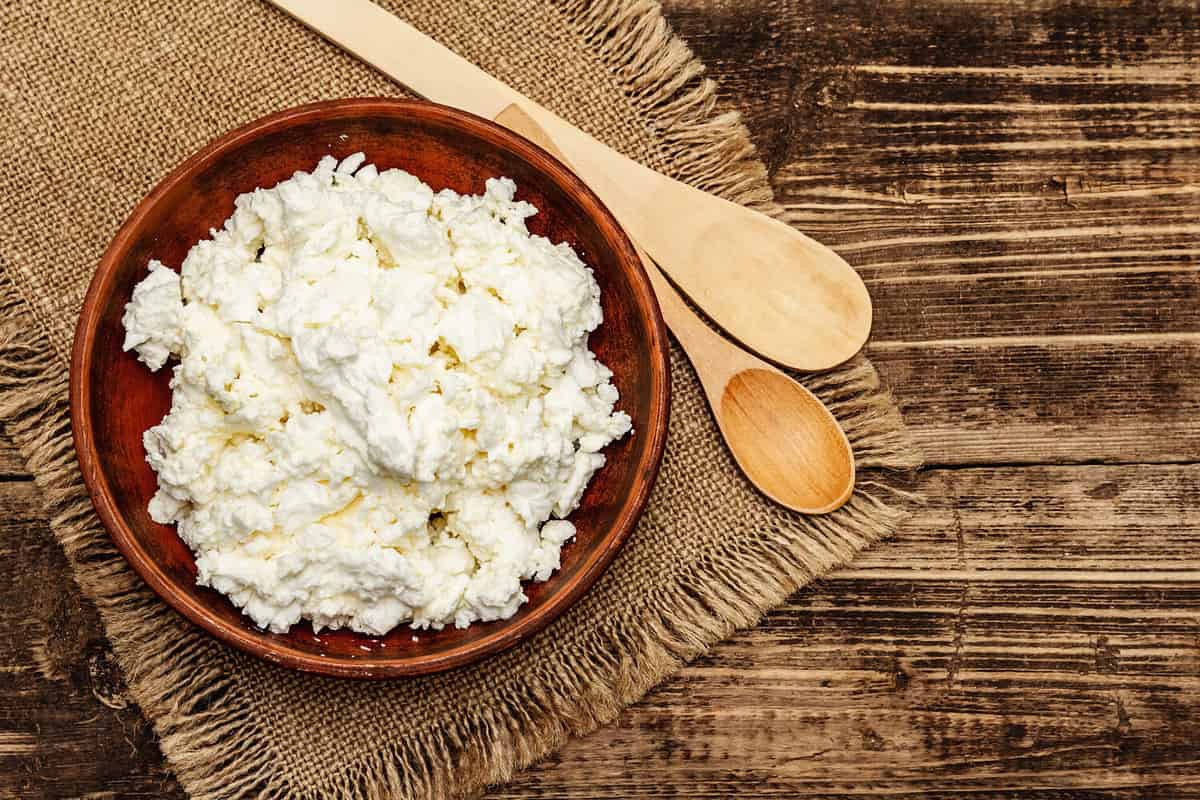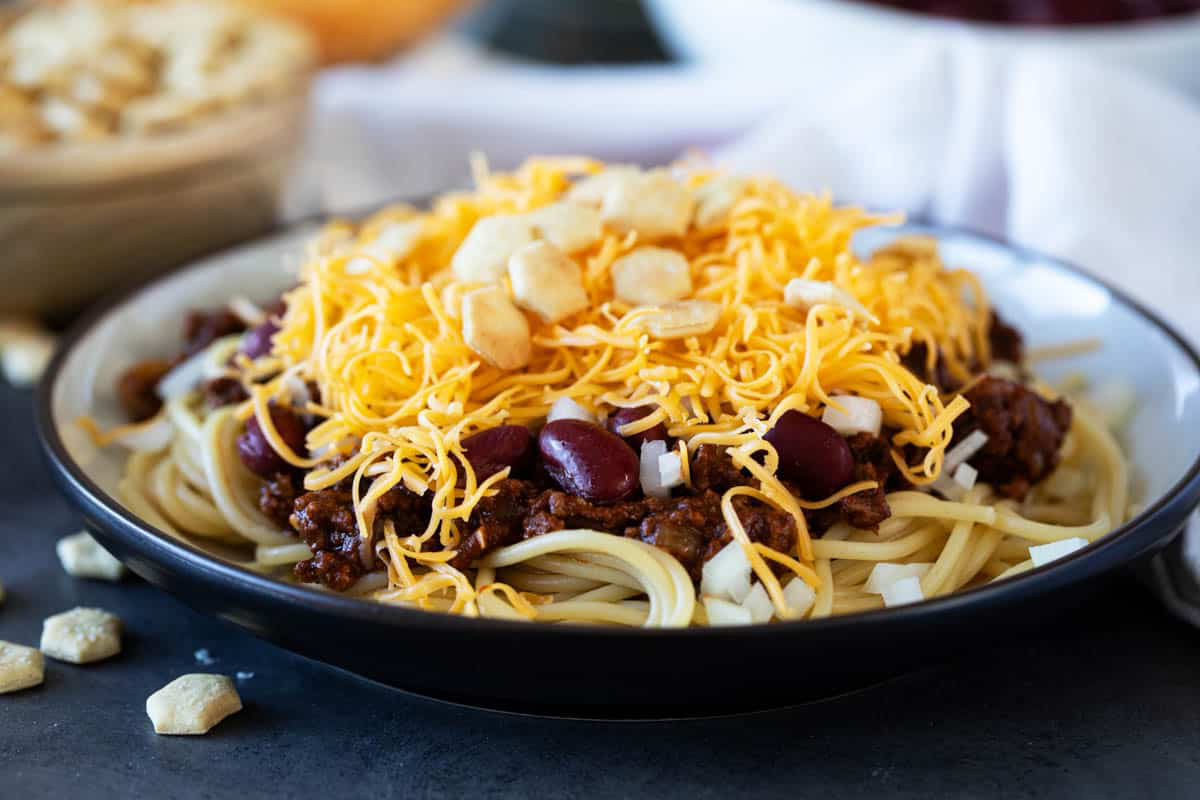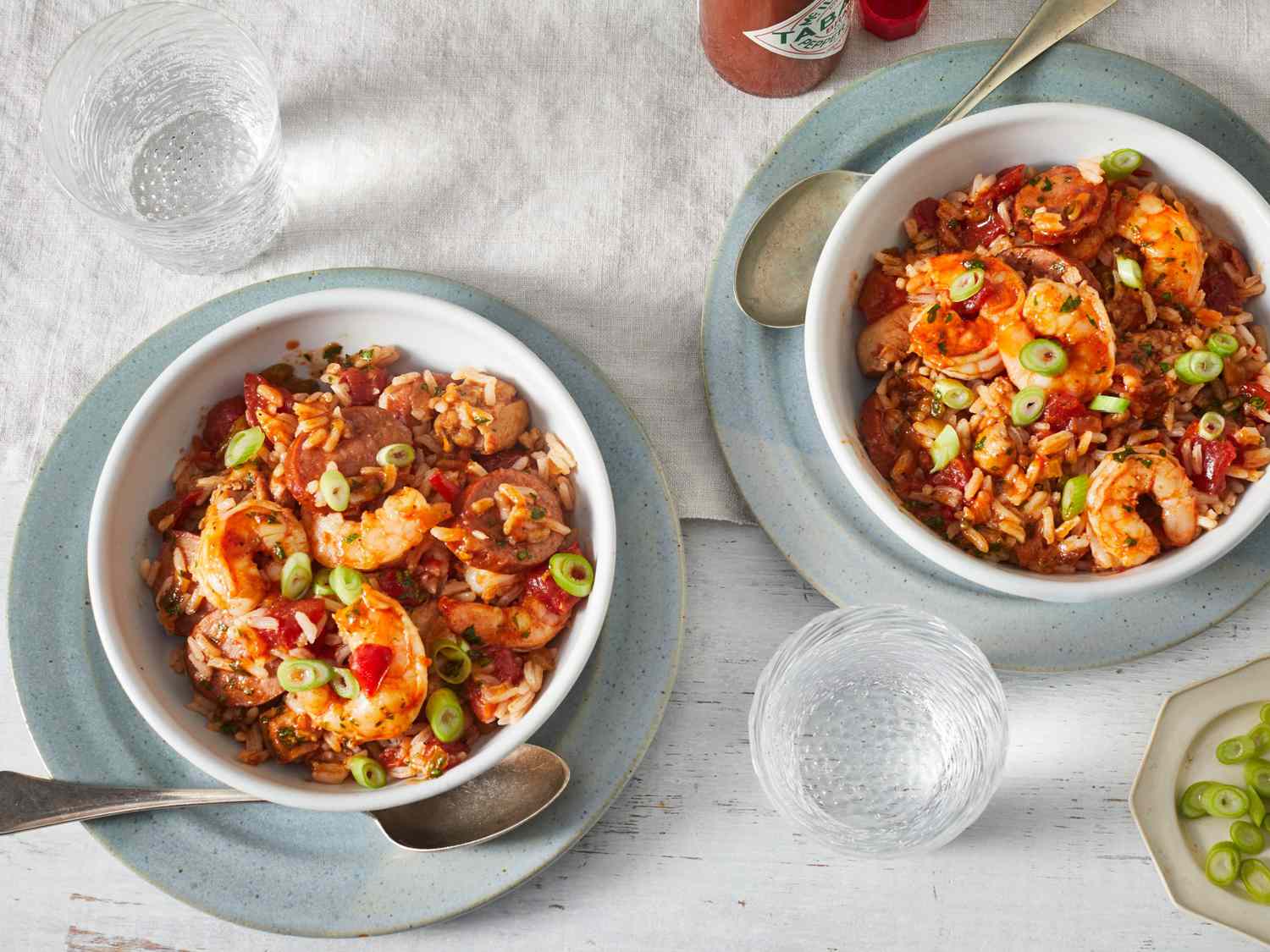When it comes to barbecue, ribs are a popular choice for meat lovers. However, not all ribs are the same. Two common types of ribs that you may come across are spare ribs and baby back ribs. While they may look similar, there are some key differences between the two. Let's take a closer look at what sets these two types of ribs apart.
Spare Ribs
Spare ribs are cut from the lower portion of the pig's rib cage, specifically from the belly side. They are known for their rich, flavorful meat and are typically larger and meatier than baby back ribs. Here are some key characteristics of spare ribs:
- Size and Shape: Spare ribs are longer and flatter compared to baby back ribs. They have more bone and fat, which contributes to their robust flavor.
- Meatiness: Spare ribs have a higher fat content and more marbling throughout the meat, making them a favorite among barbecue enthusiasts.
- Cooking Time: Due to their larger size and higher fat content, spare ribs generally require a longer cooking time to become tender and juicy.
Baby Back Ribs
Baby back ribs, also known as back ribs or loin ribs, are cut from the top of the rib cage, near the pig's spine. They are shorter and more curved than spare ribs, with a leaner meat-to-bone ratio. Here are some distinguishing features of baby back ribs:
- Size and Shape: Baby back ribs are smaller and more curved than spare ribs. They are also leaner, with less fat and more meat compared to spare ribs.
- Tenderness: Baby back ribs are prized for their tenderness and mild flavor. They are often considered more delicate and easier to eat than spare ribs.
- Cooking Time: Due to their smaller size and leaner meat, baby back ribs generally require less cooking time compared to spare ribs.
Flavor and Texture
When it comes to flavor and texture, spare ribs are known for their rich, fatty meat that becomes incredibly tender when cooked low and slow. They have a robust, savory flavor that stands up well to bold barbecue sauces and seasonings. On the other hand, baby back ribs are prized for their tender, lean meat and subtle pork flavor. They are often preferred by those who enjoy a lighter, more delicate rib-eating experience.
Cooking Methods
Both spare ribs and baby back ribs can be cooked using various methods, including grilling, smoking, and baking. However, due to their differences in size and fat content, the cooking techniques and times may vary. Spare ribs benefit from long, slow cooking to render the fat and break down the connective tissues, while baby back ribs can be cooked relatively quickly without sacrificing tenderness.
In conclusion, while both spare ribs and baby back ribs come from the same animal, they offer distinct flavors, textures, and cooking characteristics. Whether you prefer the rich, meaty goodness of spare ribs or the tender, lean appeal of baby back ribs, both options are sure to satisfy your barbecue cravings. So, the next time you're at the butcher or perusing a menu, you'll be able to discern the difference between these two popular rib cuts and make an informed choice based on your personal preferences.


